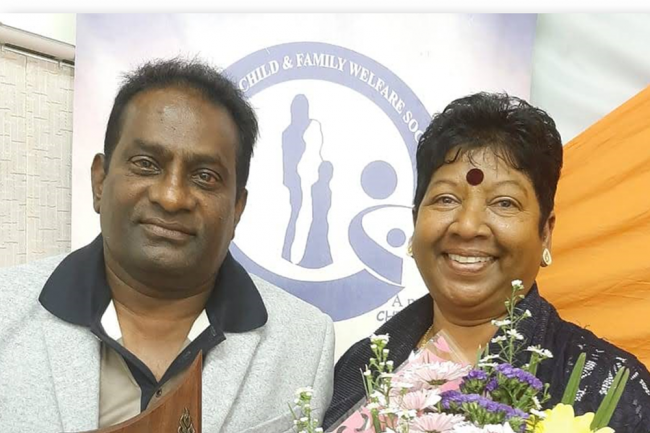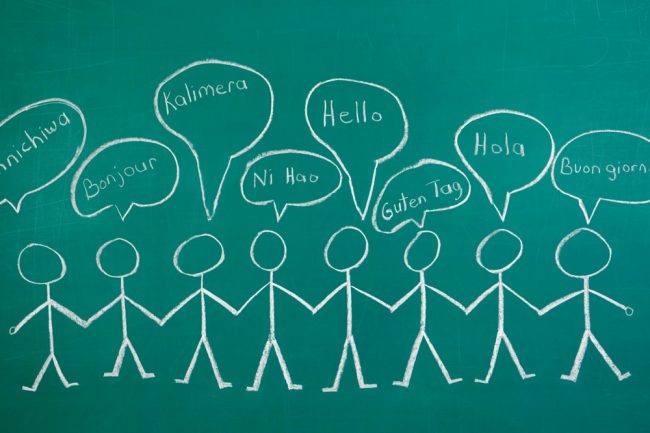Training in SA Pays For Itself: The Tax Benefits of Accredited Staff Training
By Devan Moonsamy

Whether your company is big or small, it is in line for tax benefits between R40 000 and R120 000 per learner completing an accredited course!
The value in training staff through learnerships, internships and skills programmes accredited companies benefits your company financially in several ways. Well-trained staff are far better equipped to meet client and internal company needs. It also brings about personal growth and social and economic growth and upliftment. However, if you are concerned about the costs involved, both the South African Revenue Service (SARS) and the Sector Education and Training Authority (SETA) relevant to your industry have structured financial benefits for companies that train their staff through accredited providers.
The Income Tax Act provides employers with a tax allowance when they enter into qualifying registered learnership agreements with their employees to encourage skills development and job creation. The allowance is an incentive paid by SARS to employers that train employees according to the requirements of the relevant SETA. Those in the training field are aware of the desperate need for training in South Africa, and the government is also serious about promoting this. Thus companies are in line for these excellent benefits, but few take advantage of them.
Companies can receive both an annual allowance for each year a learner is under a registered learnership agreement, and a completion allowance as a once-off payment upon the employee’s successful completion of their studies. Curious to know just how much this amounts to? You will be surprised!
For a learner without a disability, the annual tax allowance is between R20 000 and R40 000, depending on the National Qualifications Framework (NQF) level at which the student is studying. As for the completion allowance, it is the same amount! Thus, a learner registered for and completing a year-long learnership through an accredited training provider can lead to a R40 000 to R80 000 tax benefit for the company in addition to their increased expertise and skills competencies.
Should the learner have a disability, the benefits are more than double! The annual allowance is R50 000 to R60 000, depending on the NQF level. Again the completion allowance is also R50 000 to R60 000. Employing and training a person with a disability is thus a major advantage to a company. Accredited training leads to a R100 000 to R120 000 tax benefit for a single year-long learnership in these cases.
This means that learnerships end up paying for themselves and cost the company far less than most assume. The main outlay is merely stationery and computer access. Learners do need time to attend training sessions, and possibly a short period of leave to study for their final test, if this is required for their qualification. This small investment will see exponential results, as I have witnessed time and again with our learners at ICHAF. A wonderful example of this is where employees I worked with started out as cleaners and drivers and grew through training into admin and management positions. Employees in such cases feel valued and enjoy their work. They remain engaged in the workplace and loyal to their employer over many years of their career.
Many employers shy away from training as they think it is too costly. They may also think that only large companies that pay the Skills Development Levy are eligible for benefits. This is not true. An employer exempt from the payment of the levy under the Skills Development Levies Act qualifies for a learnership allowance if all other the requirements are met. For example, the training provider must be accredited, and the learner, employer and training provider must together sign a learnership agreement and ensure it is adhered to.
To reap the benefits of staff training that pays for itself, ensure that your company meets the SARS and SETA requirements. Refer to the SARS “Guide on the Tax Incentive for Learnership Agreements” for detailed information. Claims are made using the SARS IT180 IB180 form, “Declaration by employer for the purpose of claiming a deduction for an allowance in respect of a learnership agreement or contract of apprenticeship.”
There are 21 industry-specific SETAs covering everything from agriculture (AGRISETA) to wholesale and retail businesses (W&RSETA). If your company is involved in construction, for example, then you simply need to find out the training requirements of the Construction SETA, which is called CETA. The relevant SETA will provide information on what courses are approved and which companies are accredited to provide them.
One of the most effective introductory courses suitable for most learners is the General Education and Training Certificate in Business Practices (NQF1) administered by the Services SETA. It is a year-long course and, thereafter, the student can progress to more advanced studies and eventually specialise in a certain field. This is but one qualification available from training providers such as ICHAF which is approved for the excellent tax benefits described above.








